Summary
The area is home to several species of fish, including rainbow trout, brown trout, and cutthroat trout. Additionally, smallmouth bass and channel catfish can also be found in the area.
Nearby activities include hiking, camping, and wildlife watching. The area is also home to a variety of wildlife, such as deer, elk, and moose, making it a great destination for nature enthusiasts.
Anglers should use caution when fishing in the area, as the river can be fast-moving and difficult to navigate. Fishing tips include using small flies and lightweight gear, and focusing on deep pools and slower-moving water.
The best time to visit the Tongue River Fishing East area is during the summer months, from June to August, when temperatures average around 70-80 degrees Fahrenheit. However, fishing can also be good in the spring and fall, although temperatures may be cooler and water levels may be higher. Overall, the Tongue River Fishing East area is a great destination for those looking for a unique and rewarding fishing experience in Wyoming.
Weather Forecast
Nearby Streamflow Levels
Angling Safety Guidelines
Check local fishing rules, seasons, size limits, and license requirements to ensure legal and sustainable angling.
Handle Fish Responsibly
Use wet hands, minimize air exposure, and release fish gently to improve survival rates when practicing catch-and-release.
Choose the Right Gear
Match your rod, line, and tackle to the species and conditions to increase success and reduce unnecessary harm to fish.
Respect the Waterway
Avoid disturbing habitat, prevent bank erosion, and keep a safe distance from spawning areas to protect ecosystems.
Keep It Clean
Pack out all line, hooks, bait containers, and trash—discarded gear can injure wildlife and degrade waterways.
Related Links
Area Campgrounds
| Location | Reservations | Toilets |
|---|---|---|
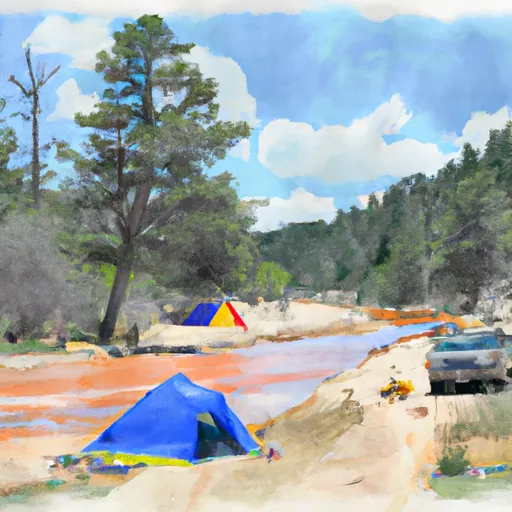 North Tongue River Campground
North Tongue River Campground
|
||
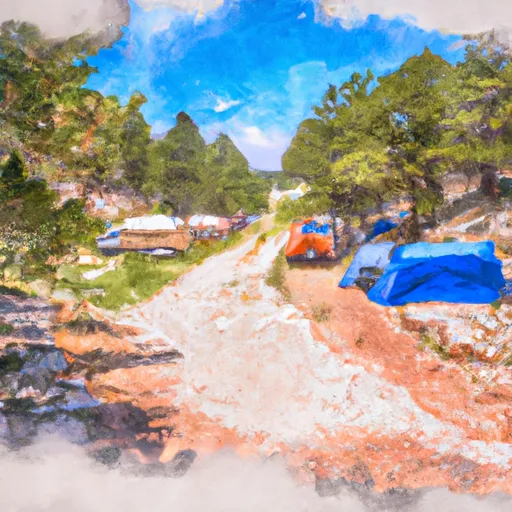 North Tongue Campground
North Tongue Campground
|
||
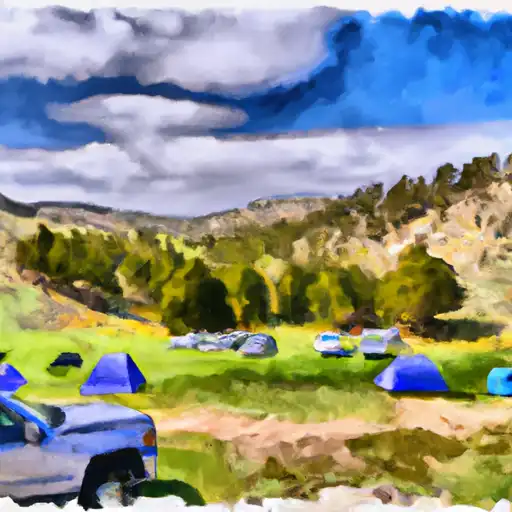 North Tongue
North Tongue
|
||
 Pine Island Group Campground
Pine Island Group Campground
|
||
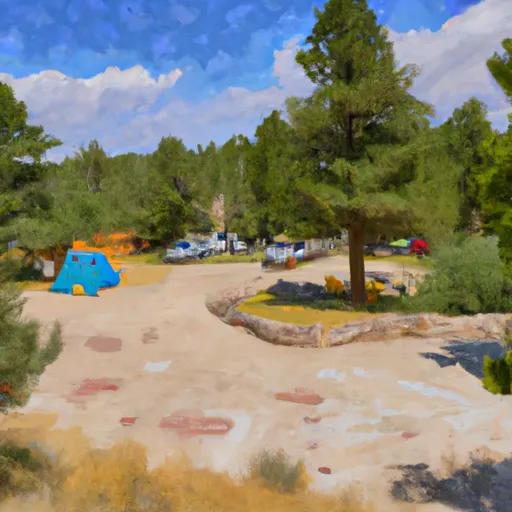 Arrowhead Lodge
Arrowhead Lodge
|
||
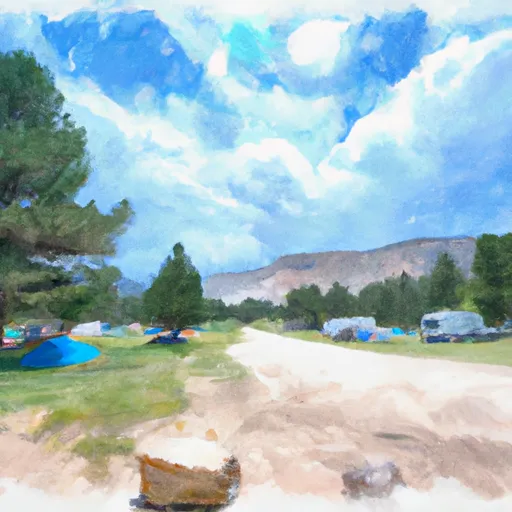 Owen Creek Campground
Owen Creek Campground
|

 Tongue River Fishing West
Tongue River Fishing West
 Tongue River Fishing Site
Tongue River Fishing Site

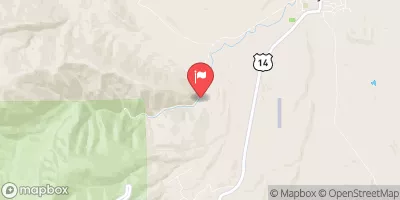
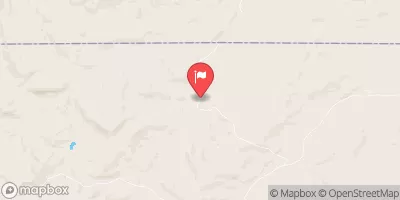
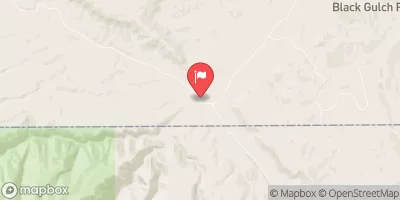
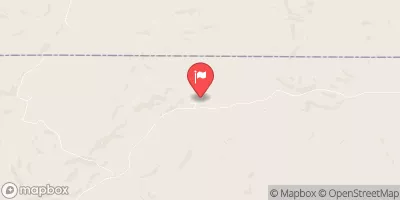
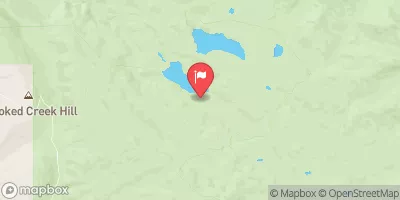
 Sibley
Sibley